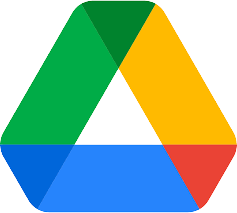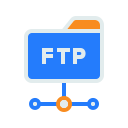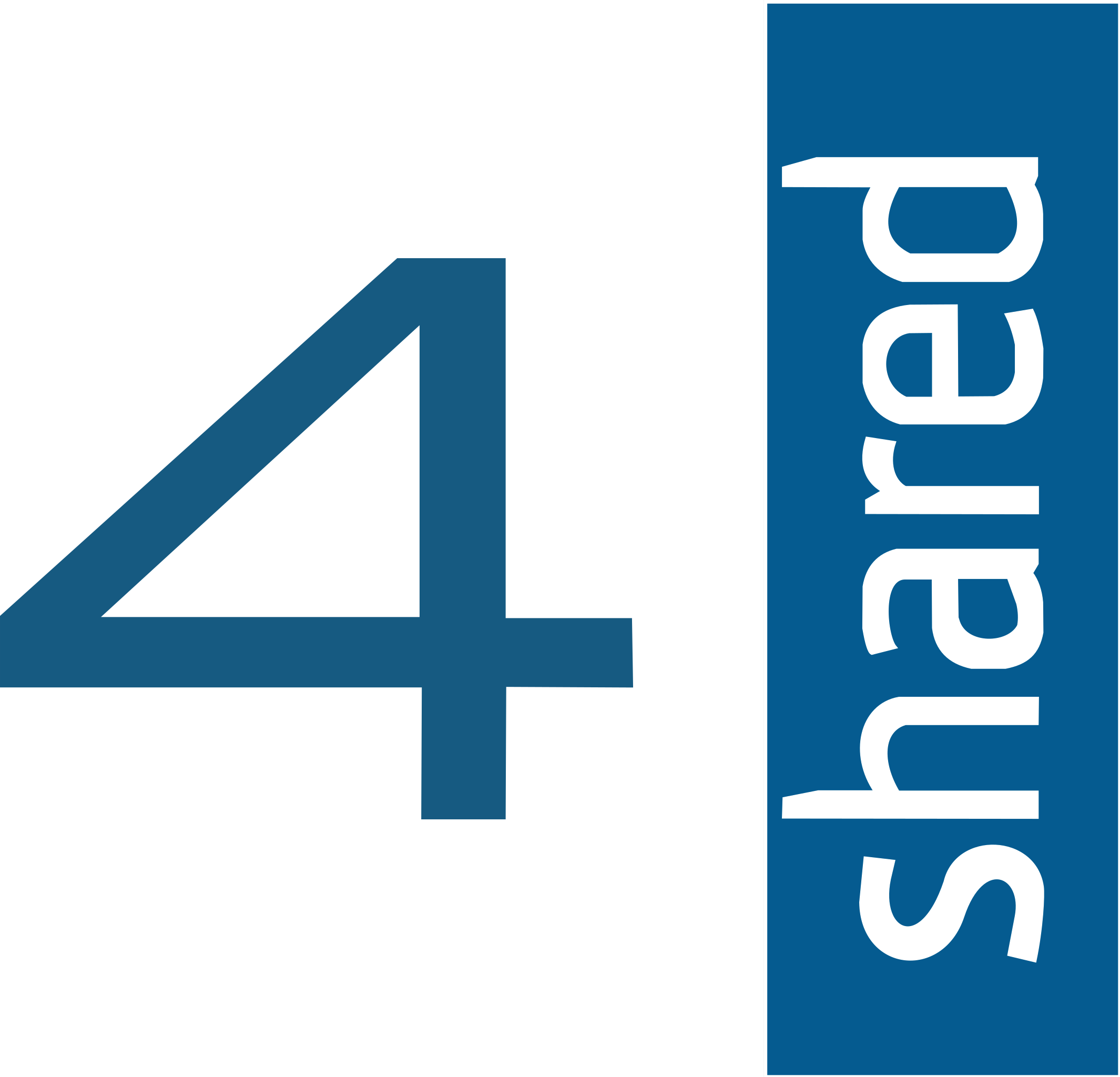Seamless File Transfer from PikPak to Cloudflare R2
Discover how to easily move your files from PikPak to Cloudflare R2. This guide walks you through every step to help you take full advantage of Cloudflare’s modern storage platform.
Introduction
As your media library and project files grow, a flexible, scalable backend becomes essential. This article explains how PikPak and Cloudflare R2 differ in purpose, then shows a clean, practical path to transfer your data from PikPak into R2 without friction.
Quick Navigation
A Closer Look at PikPak
PikPak focuses on convenient collection, download, and playback of files in the cloud, making it effortless to gather media and documents and access them across devices.
When your needs shift toward object storage with predictable costs, bucket-level control, and programmatic access, Cloudflare R2 steps in as a better fit for long-term storage and distribution.
Key Features of PikPak
- Cross-Device Access: Browse, preview, and fetch files through web and mobile, keeping your library at hand anywhere.
- Quick Collection: Add content to your cloud space rapidly and keep it available for later download or playback.
- Simple Sharing: Share links and folders with others, making ad-hoc collaboration straightforward.
- Basic Version Retention: Retain or replace files as needed; for strict version control, shifting to an object store like R2 is recommended.
Why Users Choose PikPak
PikPak is great for collecting and accessing files with minimal setup. For large-scale hosting, static delivery, or application backends, Cloudflare R2 offers more granular control and predictable costs.
- Low Friction: An approachable interface that makes collecting and managing content easy for new users.
- Everyday Convenience: Ideal for quick access and casual sharing before promoting data into a long-term storage layer.
Understanding Cloudflare R2
Cloudflare R2 is a next-generation object storage service designed to remove egress fees inside Cloudflare’s network while delivering strong performance and durability.
Tightly integrated with Cloudflare’s global edge, R2 is well-suited for web apps, APIs, media delivery, backups, and workflows that benefit from S3-compatible tooling.
Distinctive Features of Cloudflare R2
- Egress-Free Data Access: Access data through Cloudflare services without egress charges, keeping costs predictable at scale.
- S3-Compatible Interface: Integrate using common tooling (like rclone or SDKs) with minimal changes.
- High Scalability: Handle large libraries and growing datasets without re-architecting.
- Advanced Encryption and Access Control: Protect data with server-side encryption and fine-grained permissions.
- Integration with Cloudflare Workers: Process and serve content at the edge using serverless workflows.
Benefits of Migrating to Cloudflare R2
- Lower Costs at Scale: Transparent pricing and no egress fees within Cloudflare’s ecosystem simplify budgeting.
- Developer-Friendly Flexibility: API-first design and S3 compatibility streamline automation and integration.
- Global Reach and Reliability: Leverage Cloudflare’s network for low-latency access and resilient delivery worldwide.
Why Move from PikPak to Cloudflare R2?
Shifting your files from PikPak to Cloudflare R2 rethinks storage from ‘convenient access’ to ‘scalable foundation.’ With R2’s bucket policies, lifecycle rules, and edge integration, you get a modern backbone for growing workloads:
- Elastic and Cost-Efficient Storage: Cloudflare R2 scales as your library expands. Unlike consumer-oriented tiers, R2’s pay-as-you-grow model offers freedom to plan costs while increasing capacity.
- Robust Security and Data Integrity: Bucket-level controls and encryption help safeguard content beyond basic sharing, delivering enterprise-grade durability across regions.
- Advanced File Management and Accessibility: An API-first, S3-compatible design enables structured prefixes, automation, and precise retrieval—ideal for large archives and pipelines.
- Granular Sharing and Access Controls: Token-based access, scoped permissions, and expiring links provide a more controlled way to distribute content.
Choosing Cloudflare R2 over PikPak for long-term storage is more than a lateral move—it’s adopting an extensible, secure, and cost-aware platform designed for apps, media delivery, and global teams.
Preparing for the Move to Cloudflare R2
A bit of planning ensures a smooth transition from PikPak to Cloudflare R2. Get credentials ready, clean up folders, and outline how your data should map into buckets and prefixes:
- Verify Access and Permissions: Confirm you can download files from PikPak and that your Cloudflare R2 bucket exists. Generate an API token with read/write privileges for the target bucket.
- Clean Up and Structure Your Files: Review PikPak folders and remove redundant content. Decide on a clear prefix structure for R2 to keep navigation fast and predictable.
- Plan for Transfer Efficiency: Group files into batches and test a small sample first. This validates credentials and avoids surprises before moving your full library.
With permissions confirmed, data organized, and a staged plan, your migration to Cloudflare R2 will be straightforward—positioning you to use lifecycle rules, edge delivery, and automation from day one.
Step-by-Step Tutorial: Moving Files from PikPak to Cloudflare R2
Step 1: Download Your Files from PikPak
Sign in to your PikPak web account and navigate to the files or folders you plan to migrate. Select them and choose **Download**. PikPak will package your selection as a compressed archive. After the download completes, extract the ZIP locally so the files are ready for upload.

Step 2: Log In to Cloudflare R2
Open the Cloudflare Dashboard, then go to **Storage → R2**. If this is your first time, create a bucket for your migrated files. For better account protection, enable two-factor authentication (2FA).
Step 3: Upload Your Files to Cloudflare R2
Inside your R2 bucket, click **Upload** and choose the extracted files or folders from PikPak. Bulk uploads are supported, and large files are sent in parallel chunks for reliability. Track progress in the dashboard and confirm completion when the queue finishes.
Manual transfer keeps you in full control and avoids intermediary sync issues. You get Cloudflare’s scalability and edge reach while maintaining a clean, verifiable handover of your data.

Optimizing Cloud Data Storage with Cloudflare R2 via CloudsLinker
Introducing CloudsLinker:
CloudsLinker simplifies cloud data management by enabling direct, secure transfers between PikPak and more than 30 cloud platforms, including Cloudflare R2. Built around cloud-to-cloud transfer automation, it ensures reliability, security, and efficient use of bandwidth. CloudsLinker is particularly effective for large file migrations, thanks to its powerful synchronization engine and intuitive task control interface. For more detailed guidance, visit our Knowledge Base.
Step 1: Connect Your PikPak Account to CloudsLinker
Log into your CloudsLinker account and select **Add Cloud**. Choose PikPak from the list and authorize access. After connecting, your PikPak folders will be visible in CloudsLinker and ready to use as a source.

Step 2: Configure Cloudflare R2 in CloudsLinker
Sign into your Cloudflare dashboard and open the **R2** storage section. Copy your Account ID, then go to **Manage R2 API Tokens** to create an API key. These credentials link R2 with CloudsLinker.
Step 3: Generate a New API Token
In **R2 API Tokens**, click **Create Token**. Name it clearly and grant read/write access to your target bucket. Avoid restrictive IP rules so CloudsLinker can transfer reliably.

Step 4: Save Your R2 Credentials
Record the **Access Key ID**, **Secret Access Key**, and your endpoint. Regional endpoints include https://<ACCOUNT_ID>.eu.r2.cloudflarestorage.com (EU) and https://<ACCOUNT_ID>.fedramp.r2.cloudflarestorage.com (FedRAMP).

Step 5: Add Cloudflare R2 to CloudsLinker
Back in CloudsLinker, choose **Add Cloud → Cloudflare R2** and paste the Access Key ID, Secret Access Key, and Endpoint. Save to complete the integration; R2 will appear alongside your PikPak connection.

Step 6: Set Up Your PikPak to Cloudflare R2 Transfer
Open the **Transfer** panel. Select PikPak as the source and Cloudflare R2 as the destination. Pick folders/files to migrate and set options such as copy/move, filters, and scheduling for automated runs.

Step 7: Start the Migration Process
Launch the transfer. CloudsLinker moves data server-to-server, so your local bandwidth isn’t used. Monitor progress and review historical tasks in the dashboard.
Step 8: Verify Your Files in Cloudflare R2
After completion, check your R2 bucket structure, object counts, and spot-test downloads for integrity. Your data is now in a durable, edge-ready store.
Maximizing the Power of Cloudflare R2 After Migration
Streamlining File Management in Cloudflare R2
Once your files are safely stored in Cloudflare R2, organizing and managing them efficiently will help you get the most out of your new cloud environment:
- Create a clear folder hierarchy: Establish an organized structure for your R2 buckets and directories. Categorizing your data by type, project, or usage ensures faster access and better control as your storage grows.
- Utilize Cloudflare R2’s secure sharing features: Take advantage of Cloudflare R2’s fine-grained sharing options. Manage file access through permissions, temporary links, and expiry settings to maintain full control over who can view or download your data.
- Enable object versioning: Turn on versioning within your R2 buckets to keep historical copies of files. This allows you to restore previous versions when needed and safeguard against accidental overwrites or deletions.
Strengthening Data Security in Cloudflare R2
Protecting your files is just as important after migration as during transfer. Apply these security practices to ensure long-term data safety in Cloudflare R2:
- Activate multi-factor authentication (MFA): Add an additional layer of protection by enabling MFA on your Cloudflare account. This significantly lowers the risk of unauthorized access even if credentials are compromised.
- Update credentials regularly: Rotate your passwords and API tokens periodically to minimize exposure and keep your account secure against evolving threats.
- Review sharing permissions routinely: Make it a habit to audit your bucket permissions and revoke unnecessary access. Keeping your sharing settings tight ensures that only approved users can handle sensitive files.
Boosting Productivity with Cloudflare R2
Beyond storage, Cloudflare R2 can become a central part of your productivity and collaboration workflow when used effectively:
- Use the Cloudflare R2 dashboard efficiently: Access, upload, and organize your data directly from the intuitive Cloudflare dashboard. Its clean interface makes managing large file sets simple and quick.
- Integrate with other cloud tools: Connect R2 with automation platforms or developer tools to streamline file handling, backups, and deployment workflows. The S3-compatible API makes integrations easy.
- Tailor your configuration: Adjust storage settings and lifecycle rules to automatically archive or delete unused files. This customization keeps your R2 buckets efficient and cost-effective over time.
Frequently Asked Questions: Migrating from PikPak to Cloudflare R2
How can I keep my files secure while transferring them to Cloudflare R2?
What advantages does Cloudflare R2 have over PikPak for long-term storage?
Can I automate the PikPak to Cloudflare R2 migration?
How do I minimize data loss risks during transfer?
Will transferring files to Cloudflare R2 incur extra costs?
Video Tutorial: Moving Files from PikPak to Cloudflare R2
Prefer watching over reading? This walkthrough shows the end-to-end process of migrating data from PikPak to Cloudflare R2—from setup to verification—so you can follow along and finish with confidence. Watch it here 👇
Conclusion
Migrating from PikPak to Cloudflare R2 gives you a more controllable, developer-friendly storage layer with room to scale. Follow this guide to move data securely and set yourself up for long-term performance at the edge.
Online Storage Services Supported by CloudsLinker
Transfer data between over 44 cloud services with CloudsLinker
Didn' t find your cloud service? Be free to contact: [email protected]
Further Reading
Effortless FTP connect to google drive: Transfer Files in 3 Easy Ways
Learn More >
Google Photos to OneDrive: 3 Innovative Transfer Strategies
Learn More >
Google Photos to Proton Drive: 3 Effective Transfer Techniques
Learn More >











































